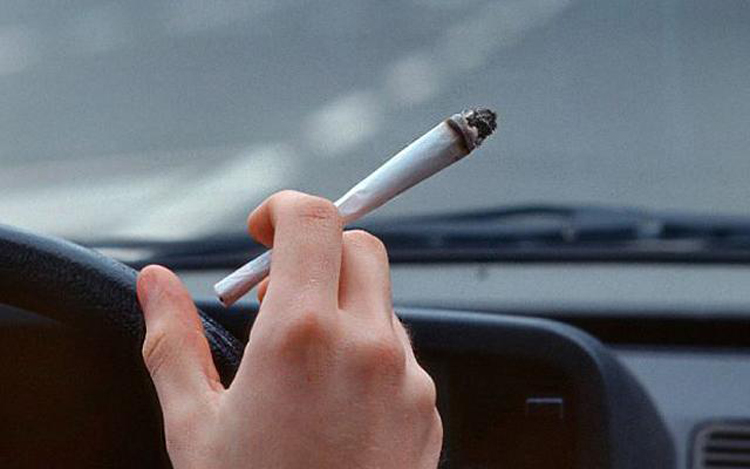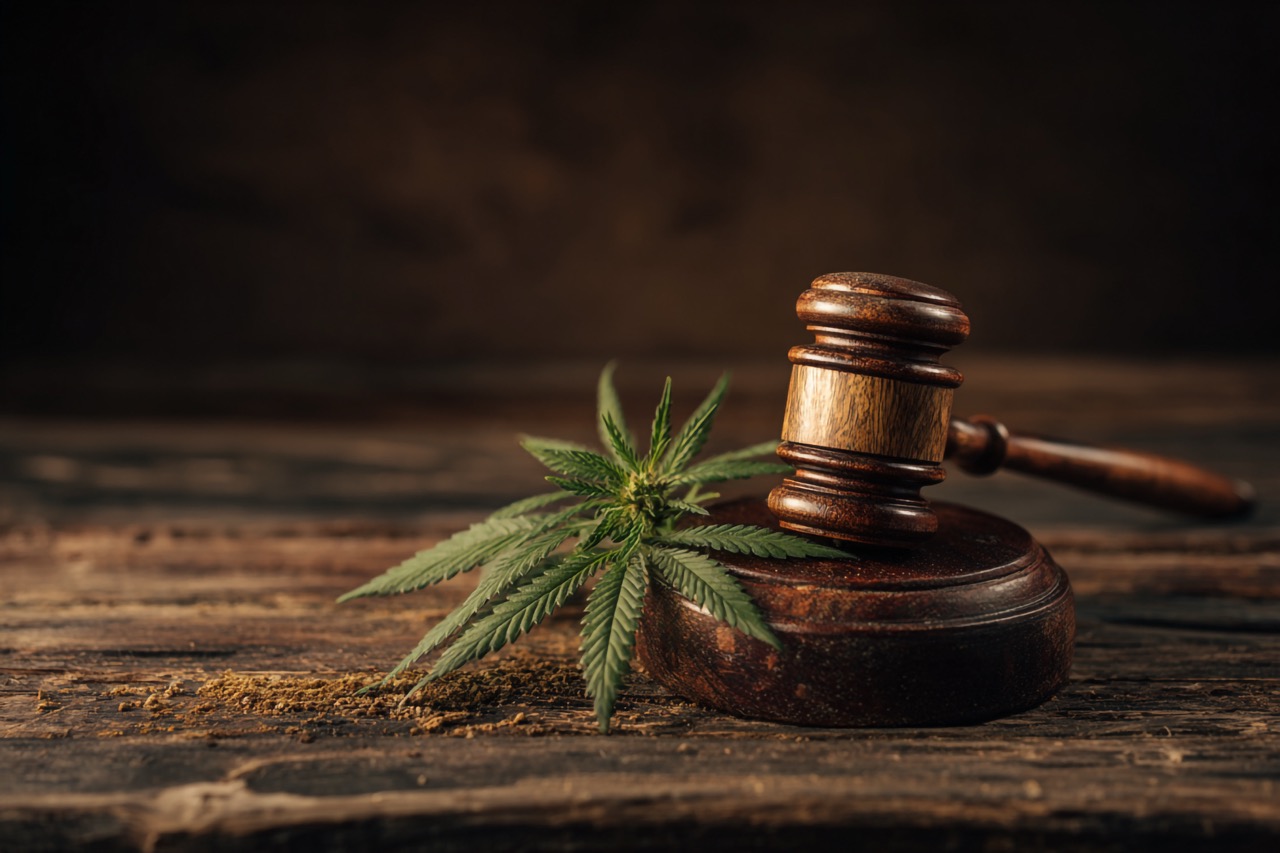Benjamin Hansen, an economist at the University of Oregon in Eugene and at the National Bureau of Economic Research, who has studied marijuana legalization in relation to driving accidents says that while marijuana does impair driving abilities, there is not data that shows its results in an increase in traffic accidents.
Marijuana does impair driving. It impairs all the cognitive abilities needed for safe driving, including tracking, motor coordination, visual function and divided attention. However, driving while high may not be as dangerous as driving while drunk. For example, cognitive impairments caused by marijuana are correlated with only modest reductions in driving performance in driving simulations.
There exist some studies that suggest marijuana users can effectively compensate for their impairments.
Hansen opines that people who are drunk “are physically impaired, and they don’t really think they’re physically impaired.” By contrast, those who are slightly stoned may be more risk-averse and overestimate their impairment. “They’ll drive slower, they’ll follow cars at greater distances, they’ll take some actions that at least somewhat offset the fact that they’re impaired,” Hansen said. For instance, people who have smoked just a third of a joint will say they are impaired, even when driving tests show no such effects, according to a 1993 study by the National Highway Traffic Safety Administration.
Current state guidelines may not be setting legal marijuana blood limits appropriately. Within-lane weaving begins to occur once the person’s blood levels reaches about 13 micrograms of THC per liter of blood. In fact, people with this level of THC have the same level of impairment as people with a blood alcohol content of 0.08 percent, which is the legal limit for alcohol in Pennsylvania and many other states. But the legal limit is 5 micrograms per liter — less than half the amount found to be impairing in that study. (Smoking a joint typically raises a person’s THC levels to about 20 micrograms per liter, Hansen said.)
Perhaps its time to rewrite the PA Crimes Code when it comes to the DUI law.
See article as posted by LiveScience.com – http://www.huffingtonpost.com/entry/the-truth-about-driving-while-stoned_559d56e6e4b05b1d028f849f?





